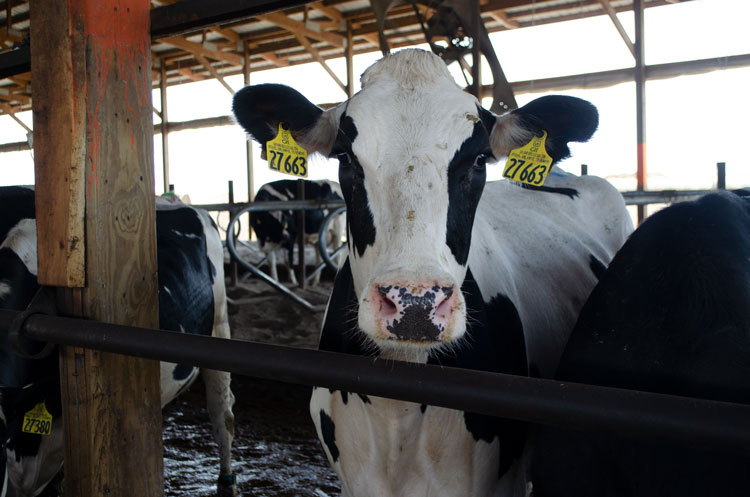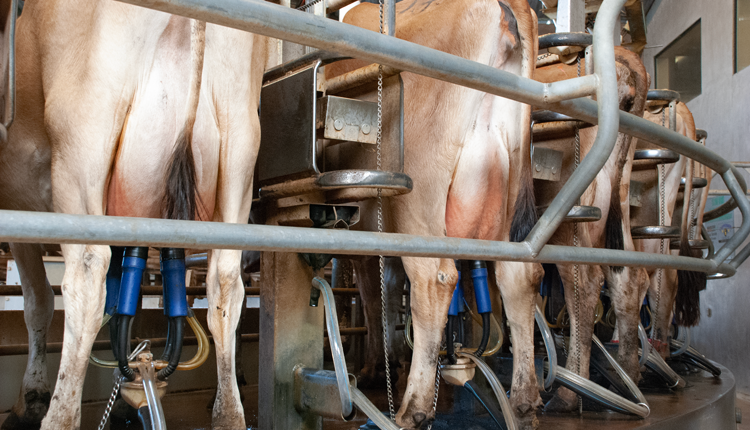
Milk fatty acid metrics are used for routine herd monitoring and to troubleshoot situations where milkfat content is lower than desired. Milk fatty acid metrics include de novo, mixed origin, and preformed fatty acids groups and a fatty acid unsaturation index. The metrics are determined by mid-infrared spectroscopy, which is fast, relatively inexpensive, and uses the same type of equipment that is used for payment and Dairy Herd Information Association (DHIA) testing.
Milk de novo fatty acids (
Miner Institute tracks these metrics routinely on our bulk tank milk. This often allows our herd to react to nutritional and management challenges sooner than if we were without that information. Our milk laboratory is used primarily to support our research activities with milk samples from the bulk tank, pen, or individual cows.
However, our laboratory also analyzes milk for farmers and their consultants if they do not have access to milk fatty acid metrics through routine payment testing laboratories or DHIA laboratories. We find that nutritionists use the milk fatty acid metrics to help optimize the feeding program. A common question that we are asked is: “What values should I expect?”
Dave Barbano, a food scientist at Cornell University, and our group have summarized the relationships between the milk fatty acid metrics and fat content for Holstein and Jersey herds throughout the U.S. The regression equations generated from each dataset shows that Holstein and Jersey herds follow the same relationships. However, Jersey cows have a higher milkfat content, and therefore, a higher relative concentration of de novo and mixed origin fatty acids than Holstein cows.
One can use the regression equations to determine the expected fat content or fatty acid metric and compare those values to the observed values. The similarity or difference of the predicted versus observed values provides insight into opportunities for a herd.









